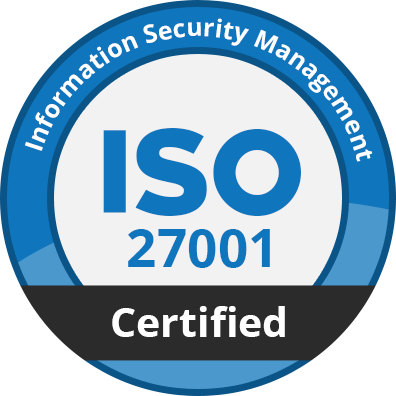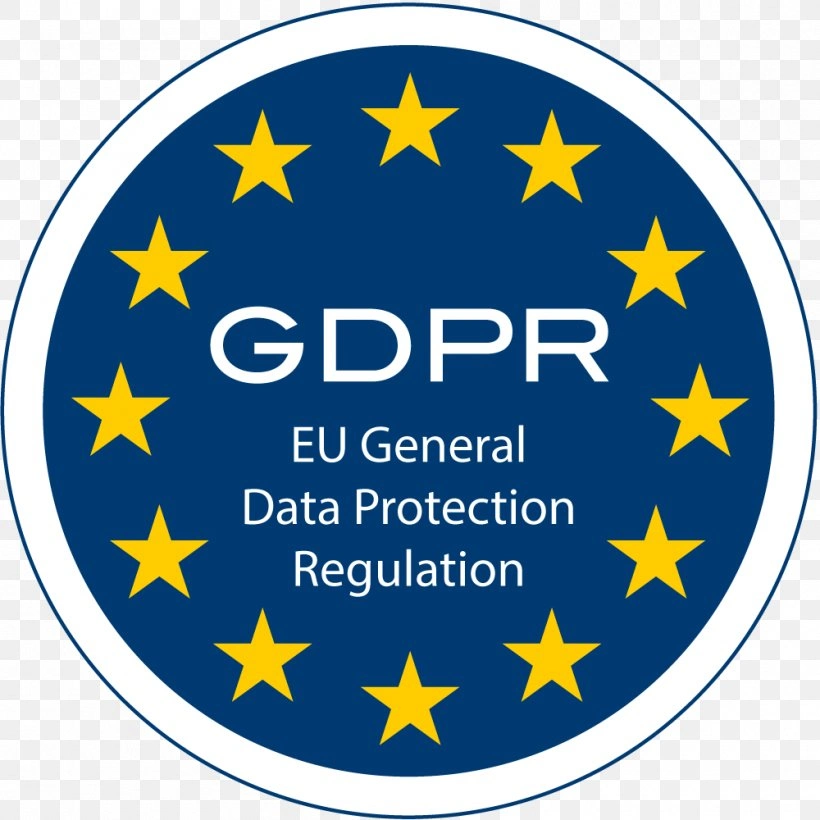Proofpoint vs Forcepoint: A Comprehensive DLP Comparison
Try Kitecyber Data Shield!
Three reasons why it may be the right fit for you:
1. Faster and More Reliable Security
- Better alternative to Proofpoint & Forcepoint DLP;
- DLP solution that doesn’t route your data through cloud gateways or appliances;
- Stronger protection with an endpoint‑based architecture;
- Built‑in data compliance enforcement at the device level;
2. Hyperconverged Solution for Multiple Needs
- Combines endpoint management and network security;
- Covers bulk download/ upload tracking, USB block, Airplay restriction;
- Includes data lineage tracking, UBA, Basic & Gen-AI powered Data Classification, and SaaS/web security;
- Prevents data leaks on endpoints, networks, and SaaS/ Gen AI apps;
3. Modular and 60% More Cost‑Effective
- Turn security modules on or off as you need them.
- Pay only for the modules/ features you use.
- Flexible, per‑user and per‑module pricing for better ROI.
See Kitecyber in action
Proofpoint DLP Solution Overview
Real-time user and file activity monitoring.
Email encryption and incident response tools.
Threat insights for proactive risk management.
As one of the renowned cloud-native DLP solutions, Proofpoint scales well and integrates with cloud services like Google Drive and AWS S3. Its user behavior analytics excel in email-focused threat detection. However, its emphasis on email means it may require additional tools for comprehensive coverage across other channels.
Forcepoint DLP Solution Overview
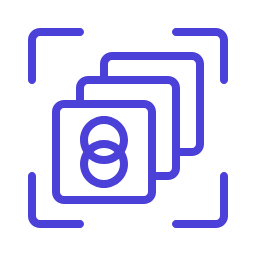
Optical Character Recognition (OCR) for data in images.
Centralized policy management.
Automated response workflows.
Data Compliance coverage
Kitecyber Data Shield Overview
AI-driven threat
and anomaly
detection.
Automated data compliance for GDPR, HIPAA, and SOC-2.
Remote wipe, device quarantine, and shadow IT discovery.
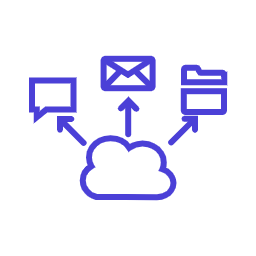
Granular data lineage tracking across devices, SaaS, and email.
Kitecyber has been a game changer for our IT and security teams. Now they don’t operate in silos and can see a unified dashboard. We feel much better in our security posture and are saving almost 20 hrs a week in dealing with issues and tickets related to previous solutions. We also saved 50% in our total cost of ownership.”

Amit Verma
CEO, Codvo
Proofpoint vs Forcepoint DLP: Evaluating Comprehensive DLP Capabilities
These are the things that generally happen with businesses even with a DLP solution in place. That’s why it’s better for you to evaluate the DLP capabilities of both Proofpoint and Forcepoint before making any buying decisions. That said, let’s compare both Proofpoint and Forcepoint DLP with comprehensive DLP capabilities. We will understand which DLP solution is good in what area, including where it lacks. We’ve also thrown in Kitecyber for good measure.
Proofpoint DLP: Good for Email, Cloud, and Compliance
Email and Cloud Focus
Deep integrations with Exchange, Microsoft 365, Google Workspace, and other email providers.
Policy Templates
80+ prebuilt for regulations like GDPR, HIPAA, and PCI.
Multi-Channel, But Clunky
Offers endpoint coverage, but reviewers say the UI is old, setup is slow, and managing across devices gets complicated. High false positives frustrate teams until the system is dialed in.
AI Detection
Machine learning helps classify content, but creating and tuning rules can take professional services to do right.
Limited Advanced Use Cases
GenAI and BYOD monitoring is not native—so copying sensitive data to ChatGPT, for example, can slip through unchecked.
Forcepoint DLP: Deep Coverage, Multiple Tools
Unified Policy Management
One console rules all: network traffic, cloud, endpoints, web, even custom integrations. Massive flexibility but a steep learning curve.
User Behavior Analytics
Their “Risk Adaptive Protection” can watch user behavior and automatically tighten or loosen rules—a powerful guard against insider threats, if you can tune it.
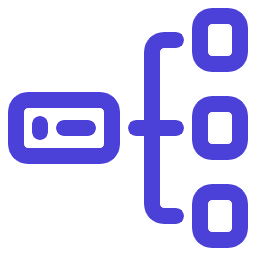
1,700+ Classifiers
Pre-defined templates cover every country, industry, and use case you can imagine.
Deployment
Offers on-prem, cloud, or hybrid options. Set up is complex—be ready for consultants.
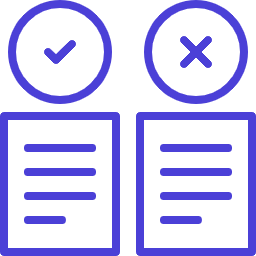
Classic Cons
Can be expensive in terms of cost and takes time to get right. Not the friendliest for SMB’s.
How Does Kitecyber Data Shield Compare?
Direct Endpoint Protection
Installs directly on endpoints and secures data everywhere: devices, SaaS, USB, network, GenAI, cloud, even when offline.
AI/ML Detection
Scans any file type, any size, and classifies data automatically—no need for writing YARA rules or complex regular expressions.

Data Lineage Tracking
Detects leaks from copy/paste, USB, uploads to web/GenAI, SaaS sharing: you name it. Tracks where sensitive data moves, full data lineage.
Zero Complexity
Onboarding is minutes, not weeks. No network relays, no separate DLP appliances or cloud gateways. All security is enforced on the device itself.
Unified Compliance
Comes with templates and quick policy options for HIPAA, SOC2, PCI, ISO, and more. Easy UI for fast deployment and management.
Performance
No slowdowns or “hairpinning.” Security runs at the edge, so users don’t feel lag.
Proofpoint vs Forcepoint: Insider Threat Capabilities
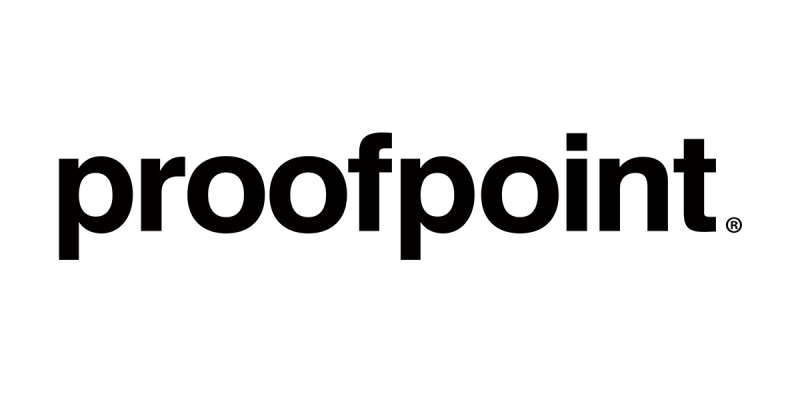
Proofpoint Insider Threat Management
Proofpoint’s solution is cloud-gateway and cloud-monitoring focused ITM solution, which provides rich visibility into user behavior and data movement through visual timelines that clearly show the “who, what, when, and where.” It supports real-time prevention across multiple channels (USB, web uploads, cloud sync, print) and includes privacy-aware features like anonymization and access controls. Deployment is simplified via a lightweight endpoint agent.

Forcepoint (Risk-Adaptive Insider Risk)
Forcepoint applies behavioral analytics across applications and channels using 150+ behavior indicators. It continuously scores user risk and adapts policy enforcement, restricting actions for high-risk users while minimizing friction for low-risk individuals. The platform helps reduce false positives and gives deep insight into insider intent.
Kitecyber – Endpoint-First Insider Theft Detection
Kitecyber’s Data Shield delivers real-time insider threat prevention directly at the endpoint. It prevents unauthorized actions like copy-paste, uploads, or AirDrop misuse, and traces the flow of sensitive data in granular detail. Deployment is lightning-fast thanks to zero-touch provisioning, and the platform unifies endpoint and network-level controls for seamless protection.
Proofpoint vs Forcepoint: Data Lineage and Discovery

Proofpoint: Data Lineage and Discovery
Proofpoint excels in discovering sensitive data within email, cloud applications, and collaboration platforms. It can classify and protect files at the point of communication, ensuring compliance and reducing insider risks. However, its data lineage capabilities are limited, as tracking how files evolve or move once outside of its primary ecosystem requires additional integrations.

Forcepoint: Data Lineage and Discovery
Forcepoint offers broader data discovery across endpoints, cloud environments, and networks, with more mature lineage capabilities compared to Proofpoint. It can follow data movements and apply contextual policies to reduce insider threats. That said, lineage tracking often demands extensive configuration, and managing policies in large hybrid environments can add operational complexity.
Kitecyber: Data Lineage and Discovery
Kitecyber provides unified, AI-powered data discovery and lineage tracking across endpoints, networks, and cloud services in real time. It automatically maps how sensitive data is created, shared, and transformed, giving security teams full visibility without heavy manual effort. This makes data lineage actionable, enabling proactive protection and compliance with far less operational friction than traditional tools.
Proofpoint vs Forcepoint: Feature Comparison Table
| Feature/Capability | Kitecyber Data Shield | Proofpoint DLP | Forcepoint DLP |
|---|---|---|---|
G2 Ease of Use | 8.7 / 10 | 8.2 / 10 | 8.9 / 10 |
Insider Threat Detection | Comprehensive
|
Good
| Good
|
Ransomware Protection | Comprehensive
| Good
| Good
|
False Positive Rates | Low
| Medium
| High
|
User Experience |
Excellent
|
Good
| Poor
|
Deployment Model | No appliances gateways
| Hybrid
|
Appliance-based
|
TCO (Total Cost) | Low
| Medium
| High
|
Endpoint DLP | Comprehensive
| Good
| Good
|
Network DLP – SaaS & Cloud |
Comprehensive
| Comprehensive
| Comprehensive
|
Data Lineage & Discovery |
Comprehensive
| Comprehensive
| Comprehensive
|
Location-Aware Security | Comprehensive
|
Poor
| Poor
|
Proofpoint DLP vs Forcepoint DLP: Who Provides Complete Multi-OS (Cross-platform) Device Coverage?
Both Forcepoint DLP and Proofpoint DLP support multiple operating systems, meaning they are considered multi-OS solutions for endpoint DLP protection. However, in both cases, Linux support tends to focus more on server roles, management components, or specific integrations rather than feature-for-feature endpoint parity. In comparison to Proofpoint & Forcepoint DLP, Kitecyber distinguishes itself by offering “endpoint-native” agents for all three major operating systems, not just Windows. This high degree of cross-platform consistency addresses modern enterprise needs, including BYOD, remote/hybrid workforces, and OS diversity, without requiring network appliances or perimeter controls.
Proofpoint DLP Support for Windows, macOS, & Linux
Windows
Supports Windows 10, Windows 11 (including recent hardware and updates), and Windows Server editions (2016, 2019, 2022).
macOS
Supports recent versions up to macOS Sequoia and Sonoma. Apple Silicon (M-line chip) is supported.
Linux
While Proofpoint’s main Endpoint DLP documentation for 2025 highlights Windows and Mac agents with full feature sets, additional sources confirm Proofpoint has DLP agent support for Linux through its broader security product stack, though Linux feature parity may be less complete compared to Windows/Mac.
Forcepoint DLP Support for Windows, macOS, & Linux
Windows
Supports Windows (including recent versions, both endpoint and server editions), as specified in current compatibility matrices for DLP Endpoint agents.
macOS
Official recent support for Mac agents, including versions up to Sonoma and Sequoia, with regular updates and feature improvements.
Linux
Forcepoint DLP supports deployment on Red Hat Enterprise Linux (RHEL) and is referenced in installation guides for related DLP components on Linux servers and infrastructure roles. While Linux endpoint DLP is more commonly available for server-side or network DLP (such as Protectors or management servers), Forcepoint does offer some level of Linux support within its DLP suite.
Kitecyber Data Shield Support for Windows, macOS, & Linux
Windows
Full-featured endpoint DLP agent supports Windows 10, 11, and modern Windows Server editions, providing advanced protection tools and seamless management.
macOS
Dedicated DLP agents for recent macOS versions (including Apple Silicon), featuring deep content inspection, AI-driven behavior analysis, USB/media device control, and real-time traffic decryption.
Linux
Kitecyber provides robust DLP for Linux endpoints: including user laptops, workstations, and servers, with advanced threat detection, AI-powered analytics, removable media controls, and compliance features.

